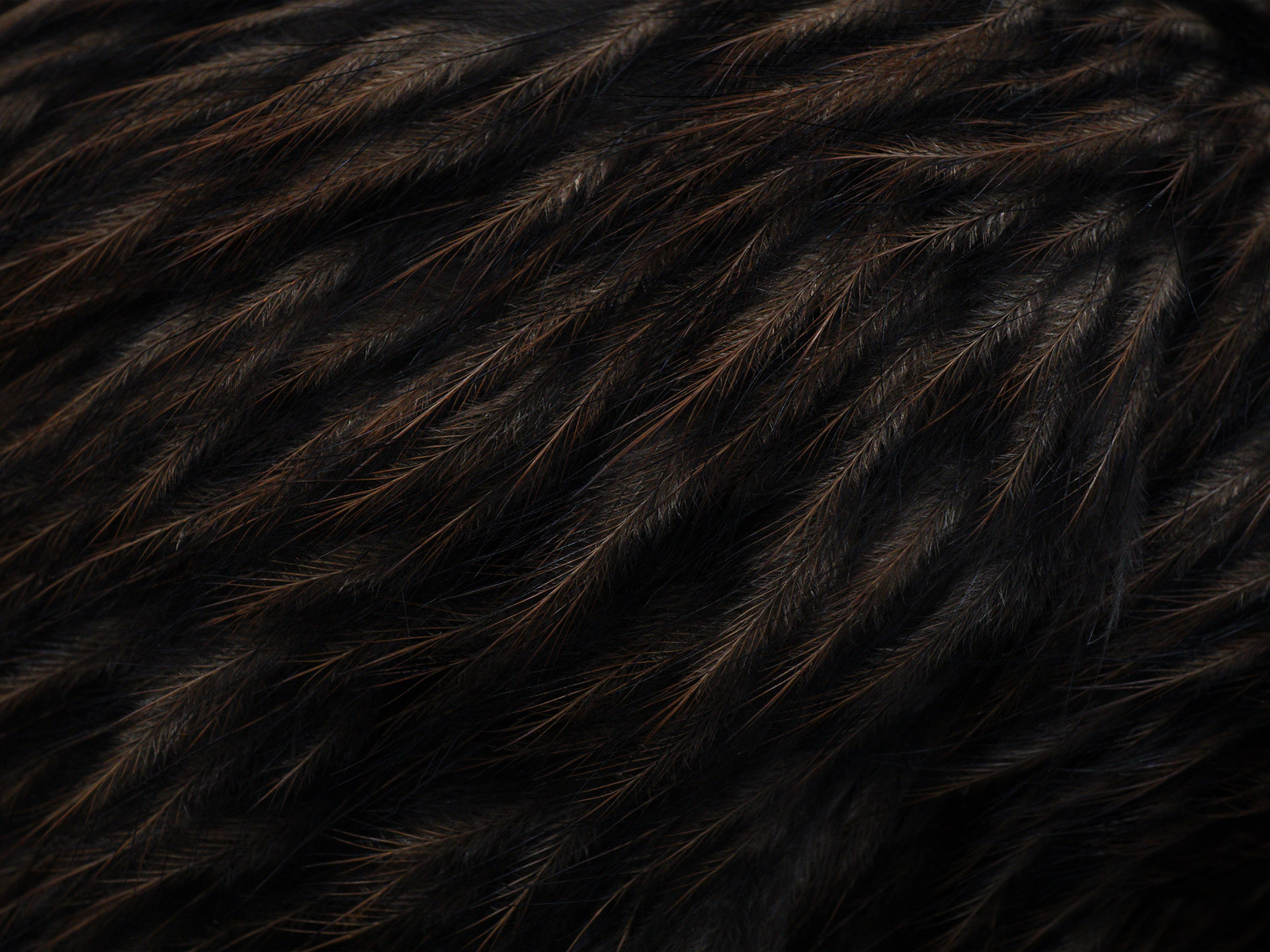Exotic birds will not be forced out of the aviaries at the Victoria Esplanade in Palmerston North if the latest proposals for a rebuilt conservatory and a wildlife rehabilitation centre get the go-ahead.
International zoo architects Becca Hanson and David Roberts are in Palmerston North this week to develop a concept plan for the proposed New Zealand Wildlife Health Centre aviary.
The city council has not yet approved the aviary and conservatory projects, but sums of $828,000 and $498,000 are in the draft long term plan. Public submissions, which are ratepayers’ chance to have their say on whether the city can afford the developments, close at the end of next week.
The rehabilitation aviary at the Esplanade would provide a recovery facility for native birds such as kiwi, native falcon, and takahe, after treatment at Massey University, and before their release back into the wild. It would be a world first in giving the public an opportunity to see the rare birds and learn their stories, said Ms Hanson. “There is no project like this anywhere in the world,” she said.
The pair have been the architects behind the redevelopment of Auckland Zoo since 1994, and have also done projects at Wellington Zoo, giving them an understanding of New Zealand native fauna and flora to add to their international experience. They believe the new facilities can be built without having to lose any existing features at the Esplanade, such as the exotic birds.
Their concept plan includes a new conservatory, an area for the bonsai collection, a refreshed sensory garden, and new enclosures for the resident birds well separated from the recovering natives.
Earlier versions of the plan assumed the exotics would have to leave to remove the risk of introducing disease to the fragile natives. “But we don’t want to lose that part of the story,” said Ms Hanson. “The exotics are beautiful and useful and as human beings we have a deep curiosity about things from other places.”
The planned enclosures would mostly be mesh arrangements, set among trees and landscaping, so people had a sense of seeing the birds in the bush. “We don’t want to over-build. We need structures that are easy to bring in, construct and expand, that are low cost, functional and flexible.”
The most valuable birds would be seen through one-way glass where they would not be traumatised by noise and human activity.
Ms Hanson said local, national and international visitors would have an experience they could not get anywhere else, and every visit would be different as the birds were released and others came in. The ongoing task of communicating their individual stories, about what they were, how they had been hurt and fixed, and why their recovery was important, would be vital to success. She was impressed with the enthusiasm of the project’s partners from the council, Massey, Department of Conservation and Rotary clubs.
Detailed costings had not been prepared, but a more formal presentation of this week’s concept work is intended to help decision-making on whether the project goes ahead.
Source: Manawatu Standard
